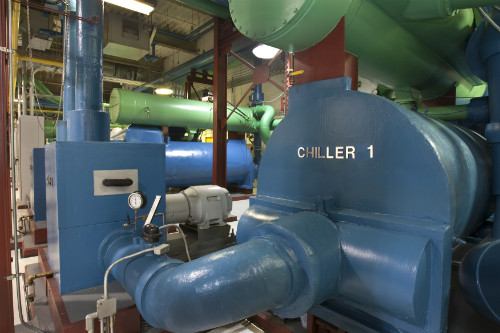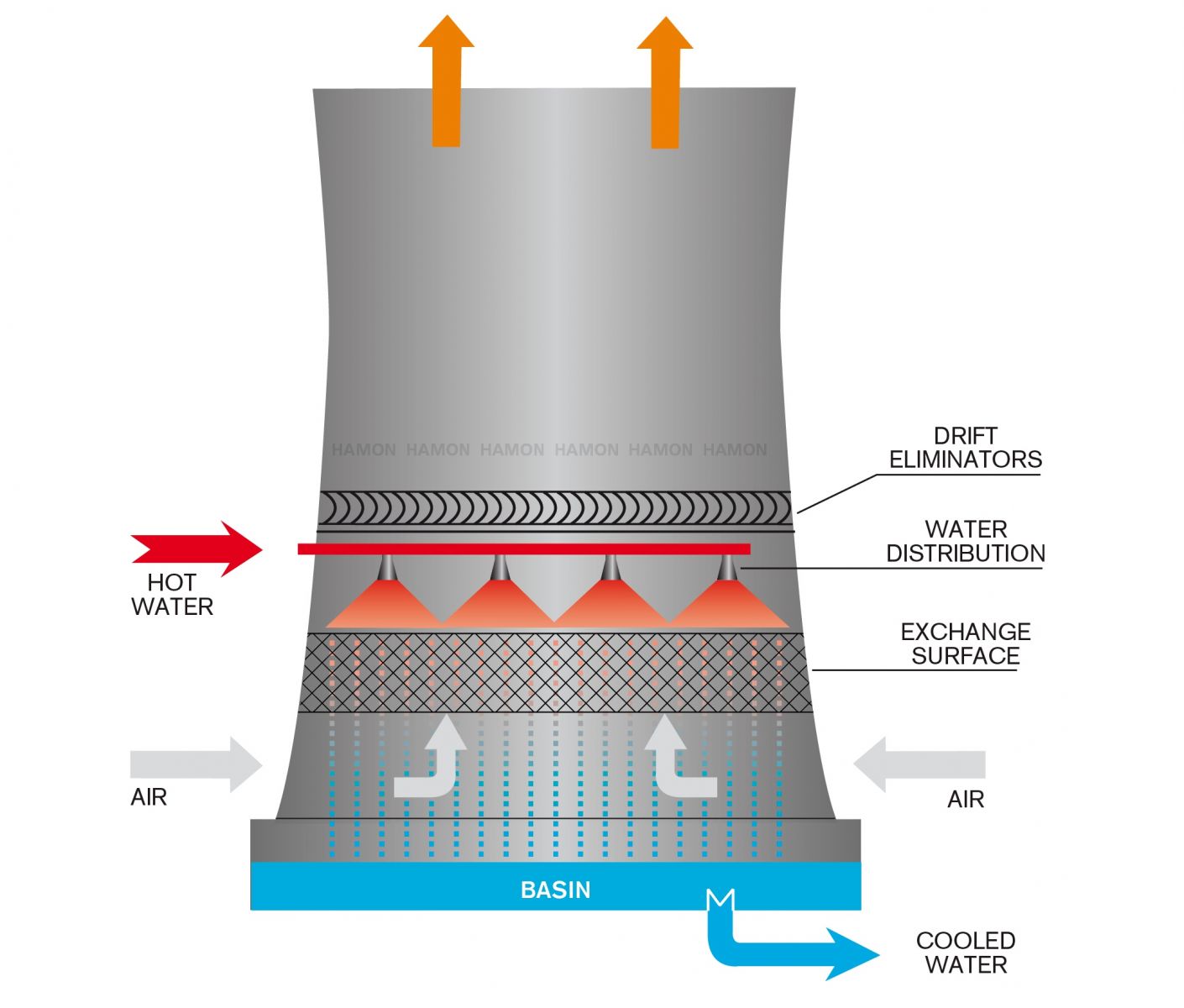Chiller tubes can use an incredible amount of energy, up to 50% of all energy used at a facility at peak times. That can be an astronomical number and can effect your margins greatly if you aren’t getting the most out of the energy going into your chiller tubes.
Chiller tubes cans see up to a 35% reduction in overall efficiency if your cooling towers are poorly maintained or dirty. That is important for a couple reasons; A) You are losing a lot of money by paying for energy that isn’t necessarily being used effectively and B) You are making your chiller work harder than necessary to achieve results it could reach much easier if maintained which can drastically reduce the lifespan of your chiller tube. Maintaining your cooling towers does cost a good amount of money but the amount pales in comparison to the cost of replacing chiller tubes or entire cooling towers. That is the kind of expense that can cripple a business.
Keeping maintenance consistent is key as having as much data about your towers and their current condition can help you catch problems in their early stages instead of when they mature and become potentially problematic to other components in the cooling tower/chiller tube. Legionnaire’s disease is commonly found in the pools of poorly maintained cooling towers along with other organisms that quickly breed and can potentially clog the system.
Make sure your waterways are clear as they can bring in sediment and particles from outside of the tower and introduce them into the inner workings of your towers. Keeping the water ways from collecting build up is important when it comes to keeping your pools clean and water clear of contaminates. It may seem like a lot to maintain your chiller tubes frequently, but it is well worth it to keep them working as close to 100% efficiency as possible.

